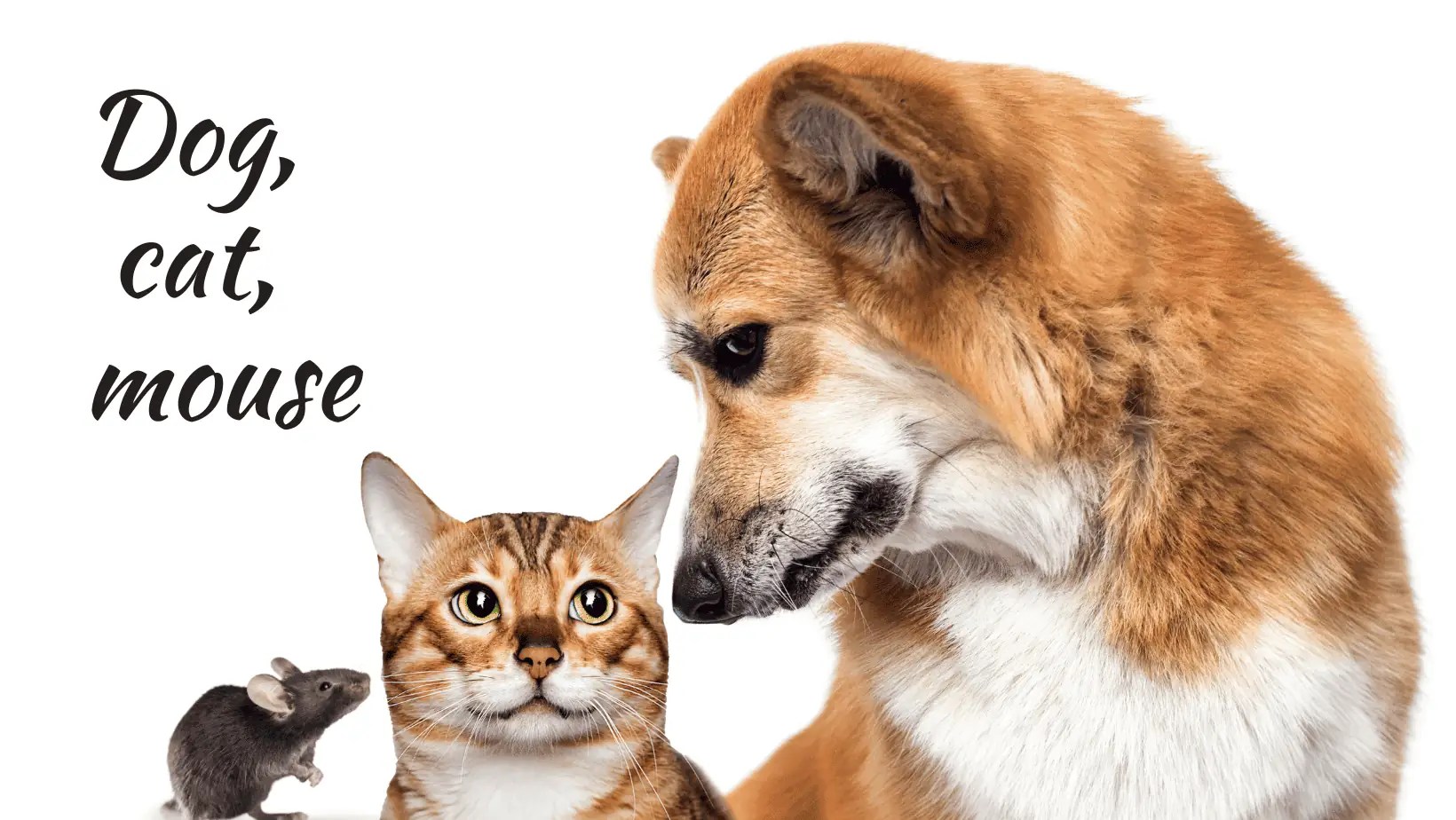When we think of the classic imagery of the cat with mouse, it evokes a sense of playful mischief and instinctual behavior that has captivated human imagination for centuries. This age-old rivalry between two of nature's most iconic creatures has played out in countless stories, cartoons, and even in our backyards. The tale of the cat and mouse is not merely a lighthearted chase; it reflects deeper themes of survival, instinct, and the delicate balance of nature.
In many ways, the dynamic between the cat and mouse serves as a metaphor for life's challenges and the eternal struggle for dominance. The cunning and agility of the mouse often clash with the stealth and grace of the cat, creating a dance of life and death that is as fascinating as it is primal. From the perspective of pet owners and animal lovers, witnessing this interaction can be both heartwarming and alarming, as it taps into the raw instincts that drive these creatures.
As we delve into the world of the cat with mouse, we uncover layers of meaning that resonate with our own experiences. The bond and rivalry between these two animals offer insights into our own relationships, instincts, and the pursuit of survival. Join us as we explore the fascinating aspects of this timeless duo, from their behaviors and characteristics to their place in popular culture.
What Drives the Cat with Mouse Interaction?
The interaction between a cat and mouse is largely influenced by instinctual behavior. Cats are natural hunters, equipped with sharp claws and keen senses that make them formidable predators. On the other hand, mice are prey animals that rely on their speed and agility to escape danger. This natural predatory/prey relationship drives the iconic chase we often see.
How Do Cats Hunt Mice?
Cats use a combination of their senses to hunt mice effectively:
- Vision: Cats have excellent night vision, allowing them to spot mice in low light.
- Hearing: They can hear high-frequency sounds, including the squeaks of a mouse.
- Smell: A cat's sense of smell is more acute than a human's, helping them track scents.
What Strategies Do Mice Use to Evade Cats?
Mice have developed several strategies to avoid becoming a meal:
- Speed: Mice can dart away quickly when they sense danger.
- Hiding: They can squeeze through small openings to find safety.
- Camouflage: Their fur often blends with their environment, making them less visible.
Are There Different Types of Cats and Mice?
Indeed, there are various species of cats and mice, each with unique traits that contribute to their hunting and evading tactics. Domestic cats, for instance, exhibit different hunting skills compared to wild counterparts like the African wildcat. Similarly, different species of mice possess varying degrees of agility and intelligence.
What Are the Common Breeds of Cats Known for Hunting Mice?
Several cat breeds are renowned for their hunting prowess:
- American Shorthair: Known for their strong build and hunting instincts.
- Siamese: Agile and intelligent, making them effective hunters.
- Maine Coon: Large and powerful, with a playful hunting style.
Which Mouse Species Are Most Often Preyed Upon by Cats?
Some of the most commonly hunted mouse species include:
- House Mouse: The most familiar mouse species found in human habitats.
- Field Mouse: Known for their agility and ability to evade predators.
- Pocket Mouse: Small and quick, making them a challenge for hunters.
What Role Does the Cat with Mouse Play in Popular Culture?
The cat with mouse dynamic has been a staple in popular culture, often depicted humorously in cartoons, books, and films. Iconic characters such as Tom and Jerry have immortalized this rivalry, showcasing the playful yet fierce nature of their interactions. These portrayals often exaggerate the characteristics of both animals, creating a comedic appeal that resonates with audiences of all ages.
How Have Cartoons Shaped Our Perception of Cats and Mice?
Cartoons often depict cats as sly and cunning, while mice are portrayed as clever and resourceful. This representation has contributed to the stereotype of cats being natural hunters and mice as their perpetual victims. However, these exaggerations overlook the complexity of their real-life behaviors.
Are There Educational Lessons in the Cat with Mouse Narrative?
Beyond entertainment, the cat and mouse narrative can offer valuable lessons, such as:
- Adaptability: Both animals must adapt to survive in their environments.
- Instinct: Understanding natural instincts can help us appreciate wildlife.
- Balance: The predator-prey relationship maintains ecological balance.
How Can We Observe the Cat with Mouse Dynamic in Real Life?
For those interested in observing the cat with mouse interactions, there are several ways to do so without disrupting their natural behaviors:
- Wildlife Observation: Visit areas where both animals live and observe from a distance.
- Pet Ownership: Owning a cat can provide insight into their hunting instincts, particularly if they catch small critters.
- Documentaries: Watch wildlife documentaries that showcase these interactions in their natural habitats.
What Precautions Should We Take When Observing Cats and Mice?
When observing these creatures, it's crucial to respect their space and natural behaviors. Here are some precautions to consider:
- Do Not Interfere: Allow nature to take its course without interference.
- Keep a Safe Distance: Maintain a respectful distance to avoid startling the animals.
- Educate Others: Share knowledge about their behaviors and ecosystems to promote awareness.
Conclusion: What Can We Learn from the Cat with Mouse Relationship?
The cat with mouse dynamic is more than just a playful chase; it reflects the complexities of nature and the intricate relationships that exist within ecosystems. By understanding these behaviors and interactions, we can gain a deeper appreciation for wildlife and the lessons they offer. Whether in our backyards or through the lens of popular culture, the story of the cat and mouse continues to inspire, educate, and entertain us all.




